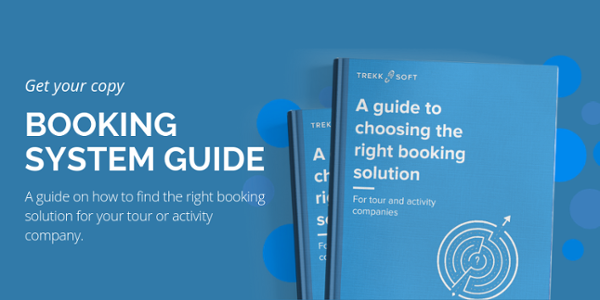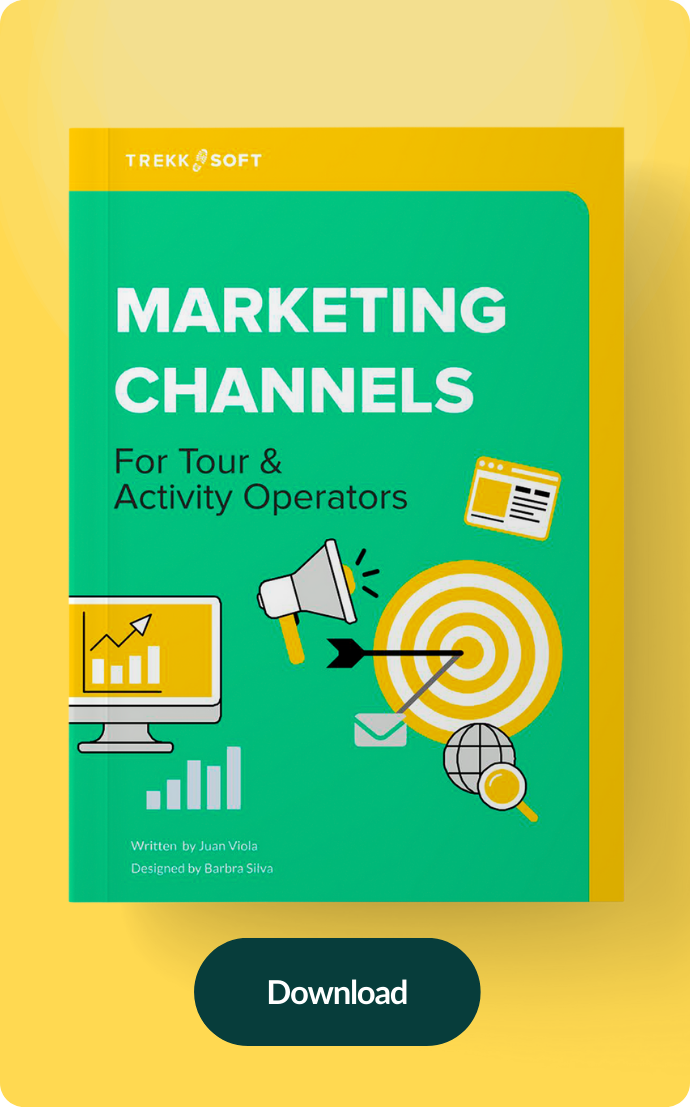So you want to grow your tour business? At TrekkSoft, we love providing free tips and resources for established tour and activity companies. While we have tons of material available, we decided it’s only fair if we step back a bit and think about those who haven’t yet made the first move.
For this article we’ve asked ourselves about the best ways to take your tour company to the next level. We’ll be going over the first steps — laying the groundwork for how to put your ideas into motion. So, let’s begin!
1. Find your niche
As with most things in life, it’s always best to have an assessment of what you’re good at when thinking about growing your business. Now is the time to do some careful design thinking. This involves what you might expect — thinking like a designer — and yes, anyone can do it!
This is the time to really assess the sort of tours you offer and why. Tour providers like Tom Pelgrum from Bastimentos Alive do a lot of research to decide on the business they want to have, where they want to have it, and why. For him, it made sense to build his company in Bastimentos because it’s part of a large province that’s beloved by tourists for its beautiful beaches and national parks.

Tom Pelgrum of Bastimentos Alive, guiding a tour of explorers in Bocas del Toro, Panama
Similarly, you might find that you connect with a community that’s full of tourism opportunities. Or perhaps there’s a key demographic you relate to that you see is being overlooked in the tourism market.
If you think about what you can offer your customers that’s engaging and valuable, your plan will start to take shape. Once you’ve thought about which ideas fit into that, you can then assess how to bring that into the market.
Read more: The best advice from TrekkSoft's customers about running a successful business
2. Define your offering
Now that you have your niche in mind, how will you offer it? Do you have the resources to do this yourself? Will you build partnerships with other local suppliers, or is it time to consider Online Travel Agents (OTAs)?
When first starting out, you’ll likely have to keep your costs down. This means that hiring on a full staff of people to manage your distribution is probably not going to happen. At least not right away. This is the time to decide what you’d like to offer and what is the easiest way to manage your bookings.
Whether it’s a few hours or a multi-day tour, you can create meaningful experiences regardless of the size of your company. Take this time to design a well-defined offering, gather resources, and build wise partnerships.

For many companies, their partnerships offer variety and help advertise. This could be a smart way to start building your network among local businesses. It’s also a chance to get to know competitors and even find creative ways to cooperate together if you’re using similar resources.
Love them or hate them, OTAs are an ever-growing part of the tours and activities sector. When used well, they are an additional source of advertising, a way to reach new markets and a way to build your brand. Used without a distribution plan or with just one OTA, and you could find your business in trouble quite quickly.
3. Create your business plan
Writing up a business plan is one of those things that sounds very intimidating. Where do you begin? How much information needs to be there? And even once it’s been mapped out, it can be hard to know if you’ve clearly thought of everything.
Not to worry, it’s a lot less complicated than it seems! Writing a business plan for your tour company is not only incredibly simple, many business owners find it quite exciting. This is the time to let your creative and logical sides combine and these days there are countless tools out there to help make it easier.
We’ve written before about a lovely tool called Strategyzer that helps entrepreneurs map out their business plans. The Business Model Canvas helps you to define the building blocks that lead to well-structured company definition.
4. Ask the right questions
The right questions create the most meaningful conversations. Those conversations can turn into booking conversions someday, so what sort of questions are you asking? More importantly, what sort of questions do your customers have that your company will be the answer to?
This is when it’s important to put some time in with other people. Pitch your company to others and allow them to give you the valuable answers you’re looking for. You can start by asking peers, friends and family members what they think. Find out if your plans sound appealing to them. From there, look for insider information from the community.

Get out and talk to locals about what they might look for in a tour like the one you’re offering. It’ll work in your favor, as you will learn more from your community and you’ll also be on your way to a great word of mouth marketing campaign.
Even with the feedback you’ll get from your network, the most important question still remains:
Are you passionate about your business?
Your guests will be able to tell if you are — and if you’re not. If the thought of creating your business plan is exciting, that’s a good sign. If you’ve loved showing friends around your city in the past, that’s an even better one.
Having a tour company requires buckets of enthusiasm, for each and every customer and for the place you’re guiding. If you can’t provide a memorable experience that they’ll remember long after their trip to your destination, you’re going to struggle.




